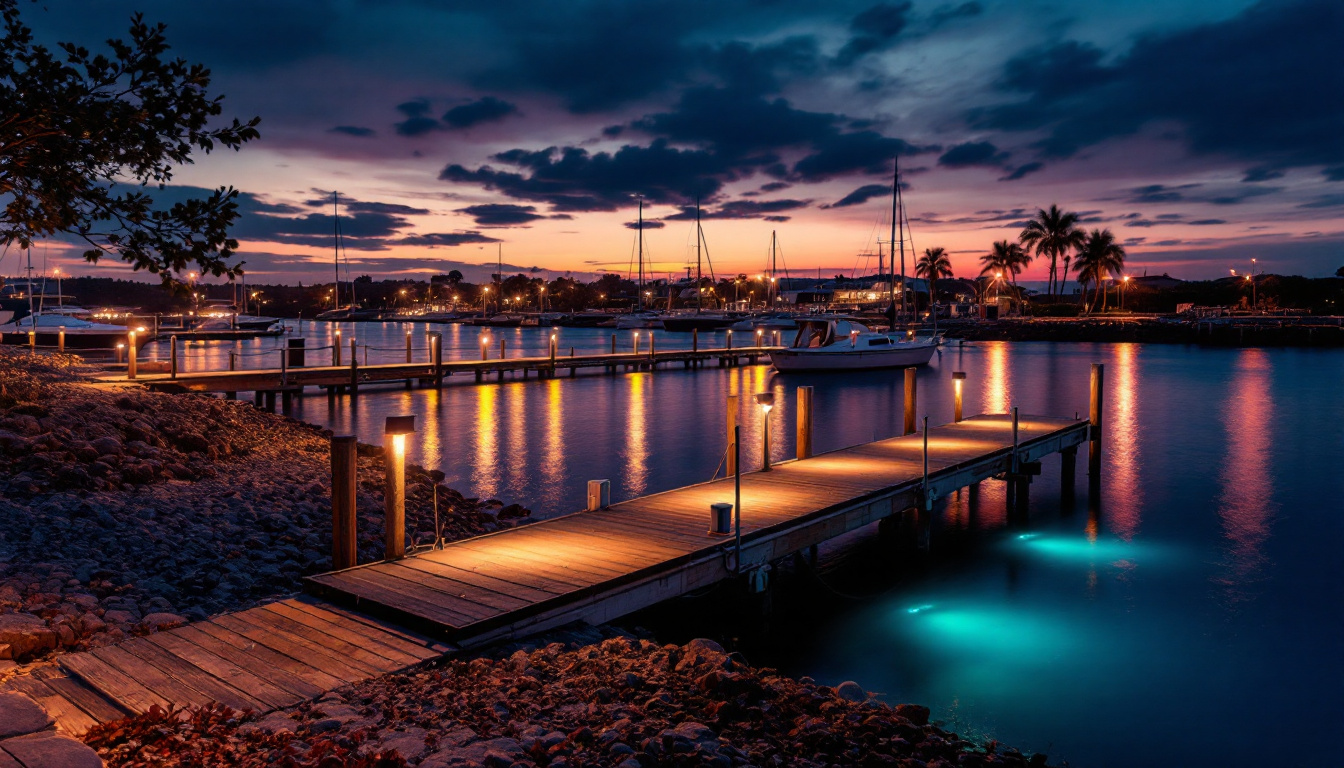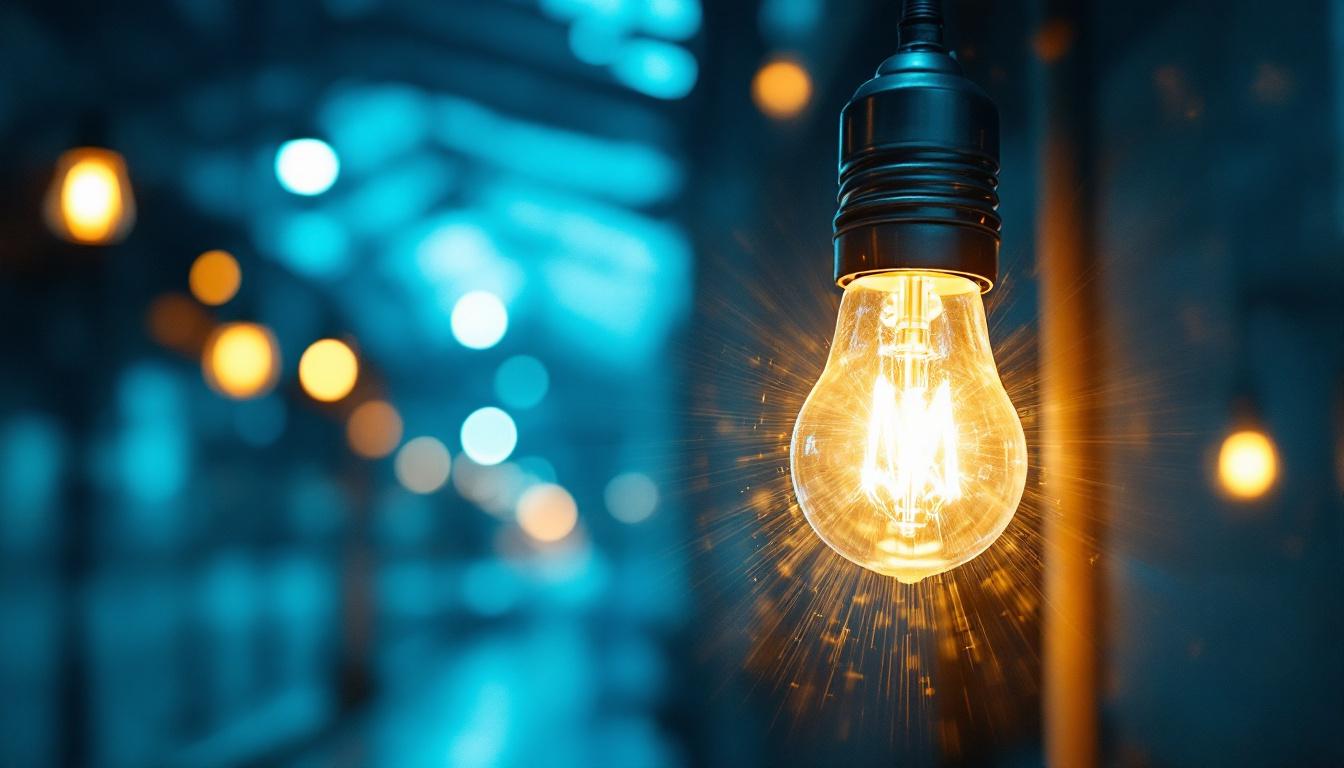
Lighting is an essential aspect of any construction or renovation project, and selecting the right light bulbs is crucial for achieving the desired ambiance and functionality. For lighting contractors, understanding the different types of light bulbs available, their applications, and the latest technologies can significantly impact the quality of work delivered to clients. This article delves into the various types of light bulbs, their characteristics, and best practices for lighting design.
Light bulbs come in various types, each with its unique features and benefits. Familiarity with these types allows contractors to make informed decisions based on the specific needs of a project.
Incandescent bulbs have been a staple in lighting for decades. They work by passing electricity through a filament, which then heats up and emits light. These bulbs are known for their warm color temperature, which creates a cozy atmosphere.
However, incandescent bulbs are not the most energy-efficient option available. They consume more power and have a shorter lifespan compared to other types of bulbs. Despite this, they are still favored for their ability to render colors accurately and provide instant brightness. Their familiar glow is often associated with comfort and homeliness, making them a popular choice for residential settings, especially in living rooms and bedrooms where ambiance is key.
Compact Fluorescent Lamps (CFLs) are a more energy-efficient alternative to incandescent bulbs. They use a gas-filled tube and a small amount of mercury to produce light. CFLs consume about 70% less energy and can last up to ten times longer than traditional incandescent bulbs.
While CFLs are more efficient, they do have some drawbacks. The light produced can sometimes be perceived as harsh, and they require a warm-up period to reach full brightness. Additionally, the presence of mercury means that disposal must be handled carefully to avoid environmental contamination. Despite these concerns, CFLs have found their place in many commercial and residential applications, especially in areas where long-lasting light is essential, such as in offices or outdoor lighting. Their compact design also allows for use in a variety of fixtures, making them a versatile option for many lighting needs.
Light Emitting Diodes (LEDs) have rapidly gained popularity due to their exceptional energy efficiency and longevity. LEDs convert a higher percentage of energy into light, resulting in minimal waste. They can last up to 25 times longer than incandescent bulbs, making them a cost-effective choice in the long run.
LEDs are available in various color temperatures and can be dimmed, making them versatile for different applications. Their compact size allows for innovative designs in lighting fixtures. However, the initial cost of LED bulbs can be higher than other types, which may deter some clients. Nevertheless, the long-term savings on energy bills and replacement costs often outweigh the upfront investment. Additionally, advancements in LED technology have led to improved color rendering and a broader spectrum of light options, catering to diverse preferences and enhancing the aesthetics of any space. As smart home technology continues to evolve, many LED bulbs now come with integrated smart features, allowing users to control brightness and color through their smartphones or voice commands, further solidifying their place in modern lighting solutions.
Selecting the appropriate light bulb for a project involves considering several factors, including energy efficiency, color temperature, and application. Understanding these elements can help contractors provide tailored solutions for their clients.
Energy efficiency is a critical consideration, especially as more clients seek sustainable options. When comparing bulbs, look at the lumens produced per watt. Higher lumens per watt indicate better efficiency. LEDs typically lead in this category, making them an ideal choice for energy-conscious clients.
Furthermore, consider the long-term cost savings associated with energy-efficient bulbs. While the upfront cost may be higher, the reduction in energy bills and the extended lifespan can result in significant savings over time. Additionally, many utility companies offer rebates for energy-efficient lighting, which can further offset initial expenses and encourage clients to make the switch.
Color temperature is measured in Kelvin (K) and affects the mood and functionality of a space. Lower Kelvin values (2700K-3000K) produce a warm, inviting light, ideal for residential settings. In contrast, higher Kelvin values (4000K-5000K) yield a cooler, more clinical light suitable for commercial spaces.
Understanding the desired ambiance for each room can guide the selection of the appropriate color temperature. For example, warm white light is often preferred in living areas, while cooler light is favored in kitchens and offices. Moreover, some modern bulbs come with adjustable color temperatures, allowing users to customize the lighting based on the time of day or activity, enhancing both comfort and functionality.
Different applications require different types of bulbs. For instance, recessed lighting may benefit from LED downlights, while decorative fixtures may be better suited for incandescent or CFL bulbs. Additionally, ensuring compatibility with existing fixtures is vital to avoid issues during installation.
Contractors should also consider the specific needs of the space. For example, task lighting in workspaces may require brighter, focused light, while ambient lighting in living areas should be softer and more diffused. Furthermore, it’s essential to take into account the dimming capabilities of the bulbs and fixtures, as not all LED bulbs are compatible with dimmer switches. This can significantly affect the overall lighting experience, making it imperative to match the right bulb with the intended use and control systems.
The lighting industry is continually evolving, with new technologies emerging to enhance efficiency and user experience. Staying updated on these trends can provide contractors with a competitive edge.
Smart lighting has revolutionized the way spaces are illuminated. These systems allow users to control lighting remotely through smartphones or voice-activated devices. Features such as dimming, color changes, and scheduling can enhance convenience and energy savings.
Integrating smart lighting solutions into projects can appeal to tech-savvy clients and offer added value. However, contractors must be knowledgeable about compatibility with existing systems and the installation process to ensure seamless integration.
Human-centric lighting focuses on the impact of lighting on human well-being. This approach considers factors such as circadian rhythms and the psychological effects of light. By incorporating adjustable color temperatures and intensities, contractors can create environments that promote productivity and comfort.
Implementing human-centric lighting may require additional planning and consideration of the specific needs of occupants. However, the benefits, including improved mood and productivity, can be significant.
As energy efficiency becomes increasingly important, various codes and regulations govern lighting design and installation. Familiarity with local building codes, energy standards, and incentive programs can help contractors stay compliant and provide clients with the best options available.
Staying informed about these regulations can also open up opportunities for contractors to educate clients on the benefits of energy-efficient lighting solutions, potentially leading to increased project interest and sales.
Effective lighting design requires careful planning and consideration of various factors. By following best practices, contractors can ensure that their projects meet both aesthetic and functional requirements.
Layering light involves combining different types of lighting—ambient, task, and accent—to create a well-rounded illumination scheme. Ambient lighting provides overall illumination, task lighting focuses on specific areas, and accent lighting highlights architectural features or artwork.
This approach not only enhances the visual appeal of a space but also improves functionality. For example, a kitchen may benefit from ambient ceiling lights, task lighting over countertops, and accent lighting to showcase decorative elements.
Incorporating natural light into a lighting design can significantly enhance the ambiance of a space. Contractors should assess the positioning of windows and skylights to maximize daylighting opportunities. This not only reduces the need for artificial lighting but also creates a healthier environment.
Utilizing reflective surfaces and light-colored materials can help distribute natural light more effectively throughout a space. Additionally, designing for flexibility in artificial lighting can ensure that spaces remain functional as natural light changes throughout the day.
Before finalizing a lighting design, it is essential to test and adjust the lighting scheme. Conducting mock-ups or using lighting simulation software can help visualize how different bulbs and fixtures will perform in the actual space.
Gathering feedback from clients during this process can also ensure that the final design meets their expectations and needs. Being open to adjustments based on client preferences can lead to greater satisfaction and successful project outcomes.
Understanding the various types of light bulbs, their applications, and the latest trends in lighting technology is essential for lighting contractors. By considering factors such as energy efficiency, color temperature, and the specific needs of each project, contractors can provide tailored solutions that enhance both the functionality and aesthetics of spaces.
Embracing best practices in lighting design, including layering light and maximizing natural light, can elevate the quality of work delivered to clients. As the industry continues to evolve, staying informed about new technologies and regulations will ensure that contractors remain competitive and capable of meeting the demands of modern lighting projects.
Ultimately, the right lighting can transform any space, making it essential for contractors to prioritize thoughtful and informed lighting choices in their work. By doing so, they can create environments that not only meet the needs of clients but also contribute to overall well-being and satisfaction.
Ready to elevate your lighting projects with the best in class solutions? At LumenWholesale, we offer an extensive range of spec-grade lighting products designed to meet the needs of the most discerning contractors. With our competitive wholesale pricing and commitment to quality, you can trust that you’re getting the highest performance without the premium cost. Say goodbye to local distributor markups and hello to a vast selection of reliable lighting options with the convenience of free shipping on bulk orders. Make the smart choice for your lighting needs and experience the value of wholesale lighting with LumenWholesale today.

Discover the essential role of LED dock lights in modern lighting installations.

Discover how LED light bulbs revolutionize safety in lighting installations.

Discover the expert tips and secrets from lighting contractors on mastering solar porch lights for outdoor spaces.

Discover effective strategies to train your team in using LED light switches to enhance energy efficiency and workplace productivity.